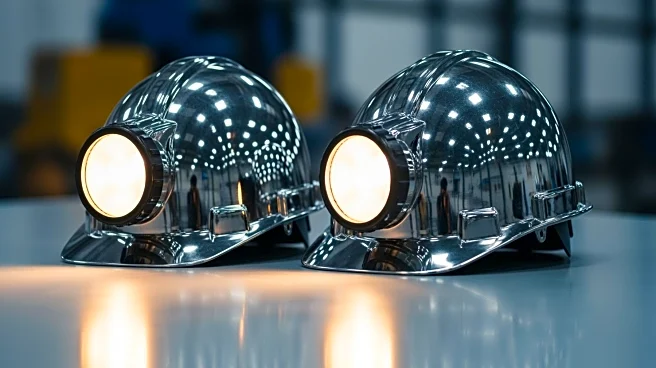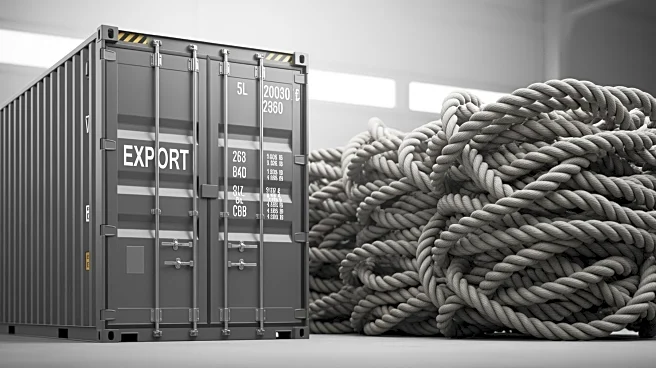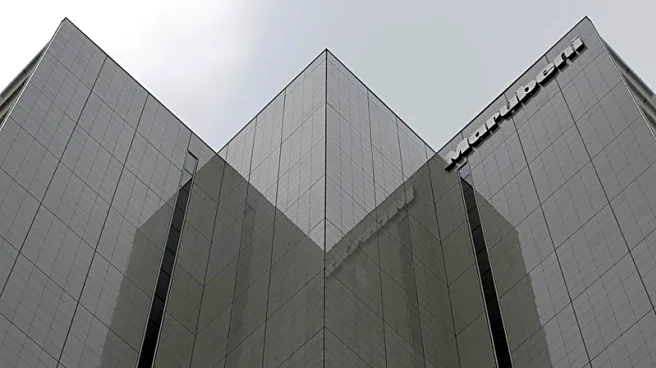What's Happening?
Toyota has introduced the ninth generation of its Hilux pickup truck, featuring significant design and powertrain upgrades. The new model, dubbed 'Cyber Sumo,' showcases a sharper styling with slimmer
LED headlights and a body-colored honeycomb grille. It also includes a fully electric powertrain option for the first time, alongside diesel, gasoline, mild-hybrid, and future hydrogen fuel-cell variants. The Hilux maintains its robust ladder-frame architecture, offering improved safety and driver-assistance systems. The interior has been modernized with a 12.3-inch infotainment screen and digital instrument cluster, while retaining physical controls for ease of use.
Why It's Important?
The introduction of an electric powertrain in the Hilux marks a significant shift for Toyota, aligning with global trends towards electrification in the automotive industry. This move could enhance Toyota's competitiveness in markets where environmental regulations are tightening. The Hilux's continued popularity outside North America, combined with its new electric variant, positions Toyota to capture a broader audience seeking sustainable vehicle options. The diverse powertrain offerings also reflect Toyota's strategy to cater to varying consumer preferences and regional needs, potentially boosting its market share globally.
What's Next?
The new Hilux is set to launch in Europe and Australia by December 2025, with broader Asian rollouts and a debut in Japan by mid-2026. Toyota plans to introduce a hydrogen fuel-cell variant by 2028, further expanding its eco-friendly lineup. As the Hilux enters new markets, detailed specifications and pricing will be announced, which could influence consumer interest and sales performance. The automotive industry will be watching closely to see how Toyota's multipathway approach to propulsion impacts its market position and drives innovation in pickup truck design.
Beyond the Headlines
The Hilux's evolution reflects broader trends in the automotive industry, where manufacturers are increasingly focusing on sustainability and advanced technology integration. The shift towards electric and hybrid models highlights the growing importance of reducing carbon emissions and meeting regulatory standards. Additionally, the Hilux's design and safety enhancements may set new benchmarks for utility vehicles, influencing competitors to adopt similar strategies. This development could also impact supply chains and manufacturing processes, as companies adapt to new technologies and consumer demands.












